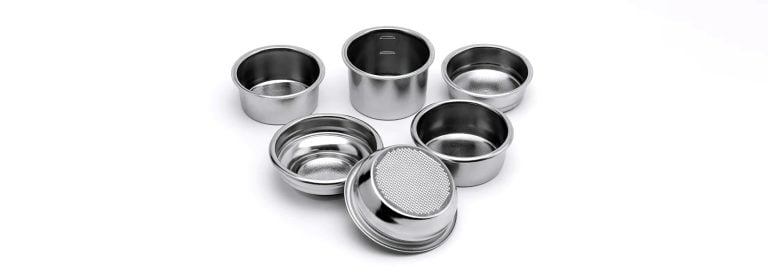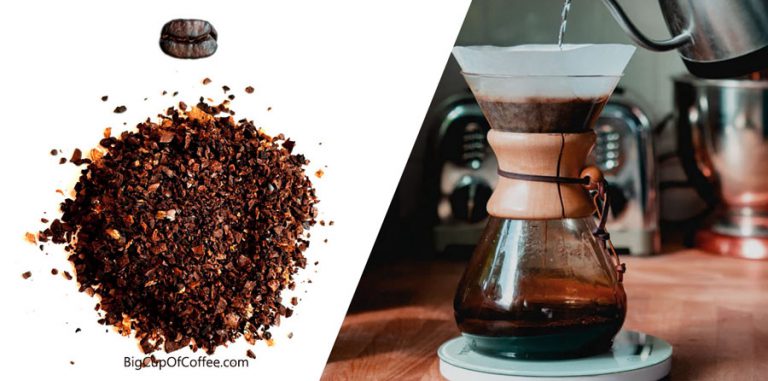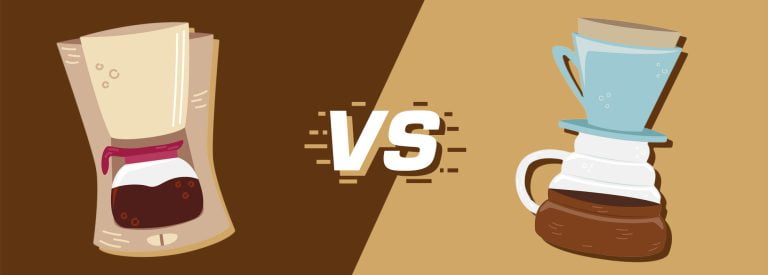Espresso vs Pour Over – A Barista’s Analysis
Of the many brewing methods I have tried as a barista, espresso and pour over are two of my favorites. While I use them in different scenarios, I have often wondered which method is better than the other.
After all, both techniques have gained immense popularity and have carved their niche amidst the ever-growing 3rd wave coffee culture.
In this article, I’ll go in-depth in comparing two of the most celebrated brewing methods, so grab your cup of coffee and let’s get into it.
Comparing Espresso & Pour Over
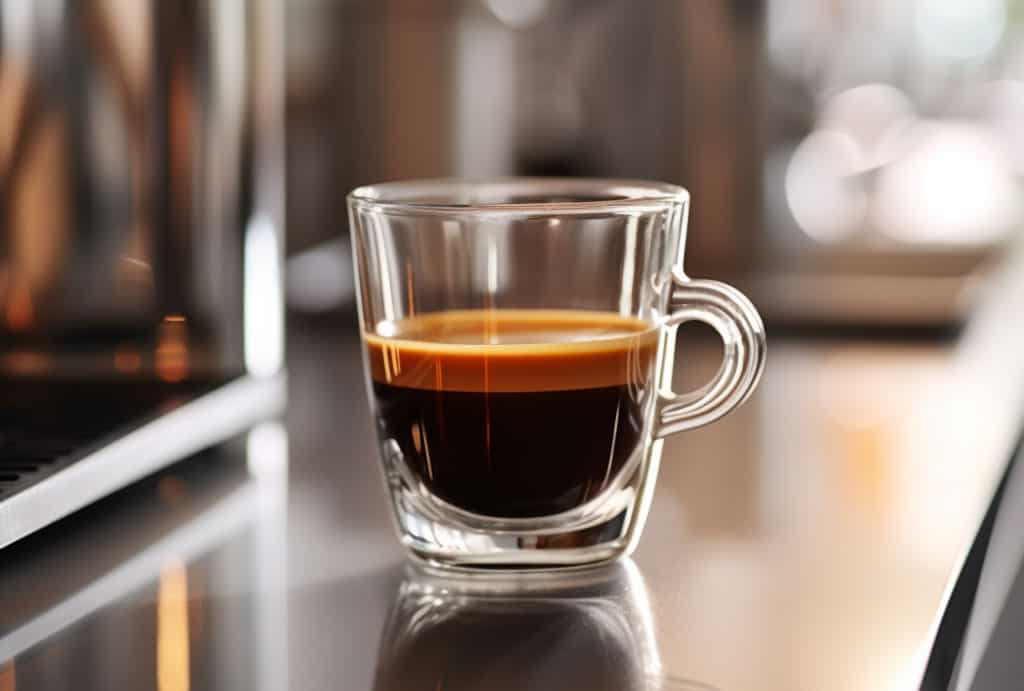
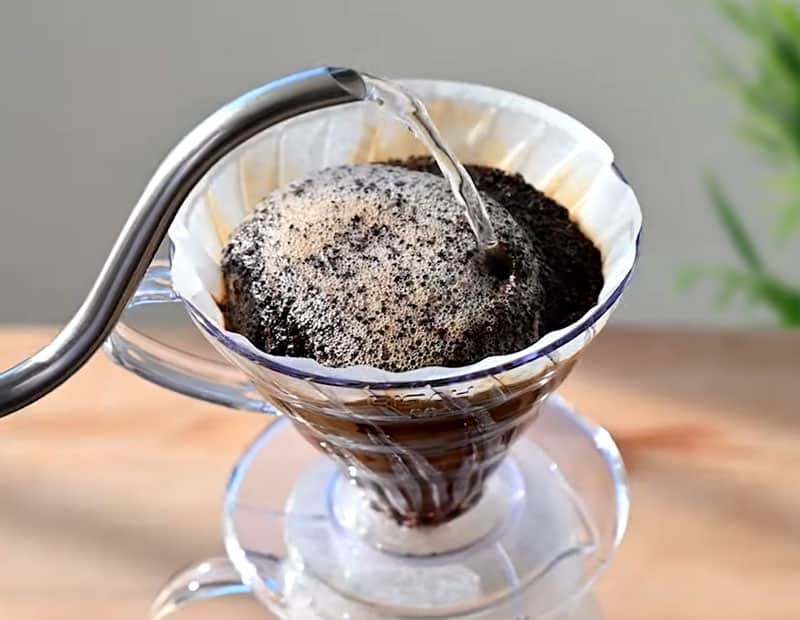
With espresso, it’s all about pressure. Hot water is forced at high pressure (9 bars) through finely-ground coffee that’s packed tightly in a portafilter basket. The result is an intense and concentrated coffee shot with distinct flavor notes and aromas that showcase the best flavors and oils from the beans, while a beautiful crema sits on top of the drink.
The pour over is basically the exact opposite in terms of brewing. Hot water is poured slowly and steadily over freshly ground coffee using a filter placed on top of a carafe or mug, and the coffee drips out below. Popular pour over devices include the Chemex, Hario V60, and Kalita Wave.
Here are the factors to consider when picking between the two brewing methods, followed by a detailed comparison of each feature:
| Features | Espresso | Pour Over |
|---|---|---|
| Taste & Flavor | Unique, intense aroma with bold flavor and crema | Light-bodied cup with distinct flavors |
| Strength | High caffeine content, packs a punch | Adjustable strength, not as strong as espresso |
| Ease of Use | Requires practice and skill | Easier to grasp, smaller learning curve |
| Brewing Speed | 25 to 30 seconds for a shot | 5 to 7 minutes |
| Versatility | Limited customization options, shot size can be adjusted | High degree of control over brewing process, multiple sizes available |
| Durability & Portability | Varies based on materials used, not designed for travel | Various material options, suitable for portability |
| Sustainability | Commercial machines can be unsustainable, home versions are improving | Occasional waste through paper filters, compostable and reusable alternatives available |
| Cost | Expensive, ranging from $100 to several thousand dollars | Budget-friendly, low initial investment with recurring expense for filters |
Taste, Flavor, & Strength
Let’s start with espresso. So a shot of espresso is typically around 30ml (1 ounce), so it’s a small beverage. It is a concentrated drink that has a unique, intense aroma with a bold flavor profile that can really wake you up. The crema on an espresso adds another layer of depth, making it one-of-a-kind. Only espresso machines with the required high pressure of 9 bars can create real crema.
Pour over is very different from an espresso. First, it is not a concentrated beverage. This brewing method produces a complex tasting, light-bodied cup of coffee with distinct flavors. By tweaking the water-to-coffee ratio and selecting beans based on their roast level, you can also adjust the strength and intensity of each cup. While pour over’s black coffee has its benefits, it will never be as strong as espresso.
You may like the boldness of an espresso or you may gravitate towards the nuanced notes found in pour over coffee.
Personally, out of my 3 coffees per day, 1 will be an espresso, and 1 will be a longer pour over, and another will be an espresso and milk beverage. I like them all.
Ease of Use
Let’s talk about which brewing method is easier to use. Espresso requires significant practice and skill to master and dialing in a perfect espresso is no easy task when you’re just starting out. You also have to be precise in its variables such as using a fine grind size and the water at a temperature between 190°F to 200°F.
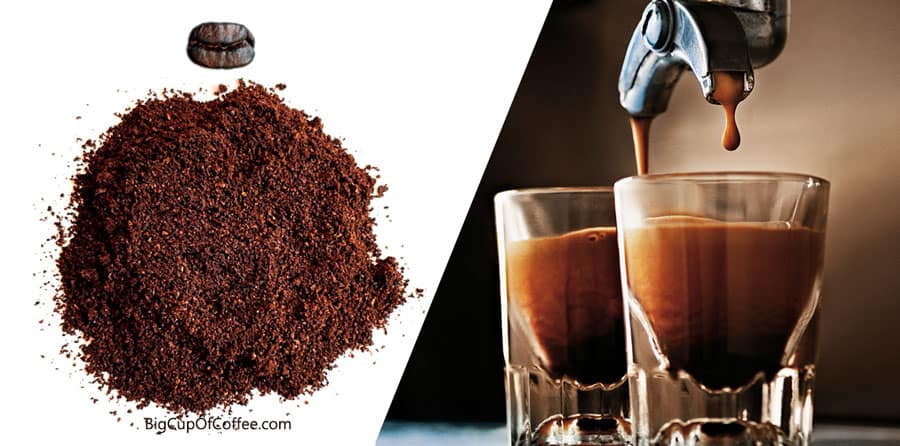
Meanwhile, making pour over coffee isn’t as difficult to grasp but it does require some practice in pouring technique and timing. To achieve the best results, it is best to have a gooseneck kettle to pour hot water (195°F to 205°F). The grind size varies with the pour-over brewer you use.
Based solely on ease of use, pour over wins over the espresso since it has a shorter learning curve, and it is easier to produce consistent coffee after you learn the basic technique. There are a lot of variables with espresso, and what you dialed in yesterday, may not work as well in 2 days.
Brewing Speed
Now straight to the brewing speed. Espresso machines are pretty fast, with the entire process taking about 2 minutes from grinding to brewing and cleaning up. It only requires a quick clean of the portafilter and basket but it does need occasional descaling to keep it spic and spam.
As a manual brewing method, pour over coffee takes longer to make, consuming 5 to 7 minutes of your time from preparing your grind to tidying up. Cleaning your brewer isn’t difficult since you just need to give your dripper a quick rinse. If it’s a Chemex though, you’ll have to clean it more carefully due to the fragility of its glass body.
Overall, it’s clear that when it’s about speed, espresso takes the lead thanks to its super-fast brewing time which only takes 25 to 30 seconds to pull a shot or two.
Versatility
When brewing coffee, versatility is an important factor as it gives us the freedom to explore and experiment to achieve customized brews tailored to our palates.
With espresso, different elements can significantly affect its flavor and quality. You can tweak the grind size, tamping pressure, water temperature, and extraction time to achieve different effects in your coffee. It’s important to note though that precision is important in this method, so changing up variables may not always have positive results. You’re always in search of the perfect shot.
There are 3 types of drinks you can create with an espresso machine, by changing the above variables: ristretto, espresso, and lungo.
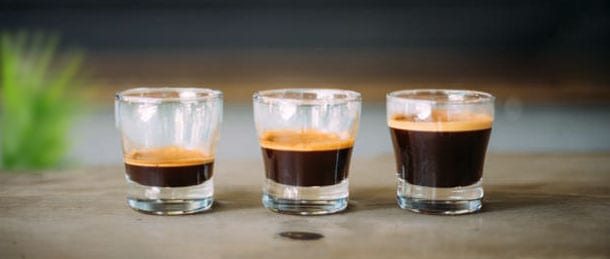
As for pour over brewers, there’s a high degree of control over the entire brewing process since it has a more hands-on approach. You can control the water temperature and flow rate, coffee-to-water ratio, and grind size to achieve your desired cup of coffee.
If we’re looking at flexibility based on capacity, pour over methods have more wiggle room to cater to your needs. For example, the Hario V60 comes in three sizes ranging from one to six cups while the classic Chemex offers even more size options:
- 3-cup (16 oz)
- 6-cup (30 oz)
- 8-cup (40 oz)
- 10-cup (50 oz)
As far as versatility goes, both brew methods have advantages. While I love how pour over allows me to make my own unique brew and experience the real taste of coffee, espresso is great in itself, and it is also the basic ingredient of a lot of other coffee recipes, like latte, cappuccino, and macchiato.
Durability and Portability
In discussing how durable the brewers are, the comparison can be tricky. Since espresso machines are electric devices, they have varying degrees of durability depending on the materials used. Commercial-grade machines are made with heavy-duty materials, while home espresso machines have parts that are made with stainless steel and plastic.
Pour over brewers, on the other hand, come in various material options. With the exception of the Chemex of course, which has a glass body and a wooden collar. Pour over drippers come in glass, ceramic, copper, plastic, and metal, offering you choices on how durable you want your brewer to be.
Portability-wise, home espresso machines may have more compact builds compared to their commercial-grade counterparts, but they are still not designed for travel. In contrast, pour over drippers made with durable materials are perfect for the coffee lover on the go.
Overall, a pour-over dripper will last longer than an espresso machine, and is more portable as well.
Sustainability
It’s also important to consider sustainability when you’re choosing how to make coffee to make sure we minimize the industry’s negative effects on our environment.
Commercial-grade espresso machines require significant amounts of energy and resources, making them particularly unsustainable. However, home versions like Breville’s ThermoJet espresso makers have become more eco-friendly by requiring less energy for brewing.
Pour over coffee produces occasional waste through paper filters. While this may seem wasteful at first glance, keep in mind that most paper filters nowadays are compostable. Additionally, you have other coffee filter alternatives such as metal and cloth.
Both methods have their downsides on sustainability. However, pour over ultimately wins as the more eco-friendly brewer option due to its lower energy usage and smaller impact on the planet.
Cost
Finally, we have the prices to consider. The cost of a home espresso machine can be quite steep. These pricy machines vary widely based on quality and features, ranging from around $100 to thousands of $$$.
On the other hand, pour over coffee is much more budget-friendly with a low initial investment starting at about $5 and maxing out around $50. It does have a recurring expense for paper filters which can cost between 2 to 8 cents in 2025 depending on the brewer you’re using.
So if it’s an affordability contest, pour over methods take the win from espresso machines. It also wouldn’t contribute to your electric bill.
Espresso and Pour Over – Weighing the Pros & Cons
Now that we’ve had a closer look at the features of each brewing method, here’s a quick overview of the pros and cons of espresso and pour over:
| Brewing Method | Pros | Cons |
|---|---|---|
| Espresso | – Produces highly-concentrated coffee with crema on top – Very fast to produce – Can be used for numerous recipes | – The espresso machine is not portable – Generally expensive – Requires finely ground coffee beans – Dialing in the espresso requires expertise |
| Pour Over | – Offers great control over the brewing method – Easy to produce consistent coffee – Fairly affordable | – Requires a bit of patience to brew – Glass brewers can be fragile – Needs extra equipment such as a scale and kettle |
You can also check out how espresso compares to other brewing methods:
Meanwhile, here are my comparison articles between pour over and other brewing methods:
Conclusion
Wrapping things up, the better brewer is entirely up to you and your needs. These brew methods are vastly different, and each has its pros and cons.
Pour over ticks more boxes such as versatility, sustainability, affordability, and ease of use. If you’re like me though, who can overlook the learning curve, steeper price, and lack of portability to produce a cafe-level quality coffee, then espresso might just be worth it.
Which method do you think will suit you better? I’d like to know, so feel free to share your comments below.


